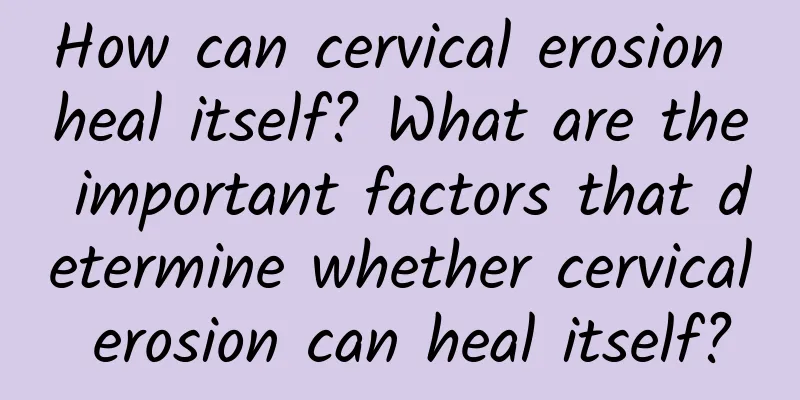Should I have surgery if my uterine fibroids are large but I have no symptoms?

|
Should I undergo surgery if my uterine fibroids are large but I have no symptoms? In the eyes of many people, uterine fibroids must be operated on. In fact, it depends on the actual situation whether surgery is necessary. If the uterine fibroids are still relatively small, surgery is not necessary at all, but if they reach a certain size, surgery is necessary. Uterine fibroids are large but have no symptoms, and many patients do not know whether surgery is necessary. 1. Treatment depends on the location of the uterine fibroids and whether it causes symptoms. If there are symptoms, even if it is small, the diameter should be as small as 1 cm; if there are no symptoms, it is as large as 5 cm and no treatment is required. Whether surgery is needed depends not only on the size, but also on the location, number and nature of the fibroid growth. A comprehensive analysis is needed to determine whether surgery is needed and which surgery is more suitable according to age and fertility requirements. 2. Generally speaking, asymptomatic uterine fibroids with a diameter greater than 3 cm have poor treatment effects. If they are close to menopause, they can be observed regularly for a period of time, but as long as they continue to grow, they should be treated surgically. Patients with fibroids larger than 3 cm should also undergo surgical treatment if they are more than 5 years away from menopause; patients with fibroids smaller than 3 cm should undergo surgical treatment. Observation, no drug treatment is required. During the observation process, if they grow too fast or have symptoms, surgical treatment should be considered. 3. If the uterine fibroids are no larger than 5 cm, they can be treated with drugs. Hormonal drugs can be used to control the growth and shrinkage of the tumor. If they are larger than 5 cm or multiple uterine fibroids require surgical treatment, they can also be removed for patients with severe bleeding if they do not have children in the future. 4. Uterine fibroids are a common reproductive system disease. The incidence of uterine fibroids in women is particularly high. It is often related to past miscarriage history and personal immune system. It is a common human tumor, also known as fibroids. It is a benign tumor as long as it is harmless to the body. |
<<: Is mild uterine prolapse serious?
>>: Can I wash clothes with hot water after an abortion?
Recommend
Body Sculpting Tutorial - Three Must-Learn Tips to Lose Belly Fat (Part 2)
I'm so busy at work. I don't have time to...
Home care for patients with secondary amenorrhea
Secondary amenorrhea refers to a condition in whi...
Experts reveal the major dangers of irregular menstruation in women
Irregular menstruation is a common gynecological ...
Stomach pain, is a 4 cm ovarian cyst serious?
Stomach pain, is a 4 cm ovarian cyst serious? 1. ...
What are the causes of vulvar leukoplakia?
What are the common causes of vulvar leukoplakia?...
Why is congenital absence of vagina always difficult to cure?
Why is congenital absence of vagina always incura...
What are the dangers of pelvic inflammatory disease
However, when women encounter pelvic inflammatory...
"Flowers" are delicious! Mother's Day flower and bird cakes are eye-catching
Mother's Day is coming in May. Do you want to...
How to treat cervical erosion without affecting fertility? Unmarried women are recommended to use 5 methods to treat cervical erosion
In life, cervical erosion is very aggressive and ...
Black bean weight loss method! 3 easy dishes to make
By Zheng Zhourong On the first day, I only ate bl...
Lose weight without starch? Nutritional imbalance may lead to leucorrhea and acne
Losing weight is an important issue for women thr...
Eat Yuanxiao Glutinous Rice Balls “This is How to Eat” to Be Healthy! Eat Tangyuan for lunch? Nutritionist teaches 6 tips on eating glutinous rice balls in a healthy way
The Lantern Festival is coming soon. Families gat...
How to care after surgery for chronic pelvic inflammatory disease
Many women are troubled by pelvic inflammatory di...
Pay attention to diet when leucorrhea is abnormal
Abnormal vaginal discharge in women is mainly cau...
Exercises you can do with endometriosis
We all know that endometriosis is a disease that ...









